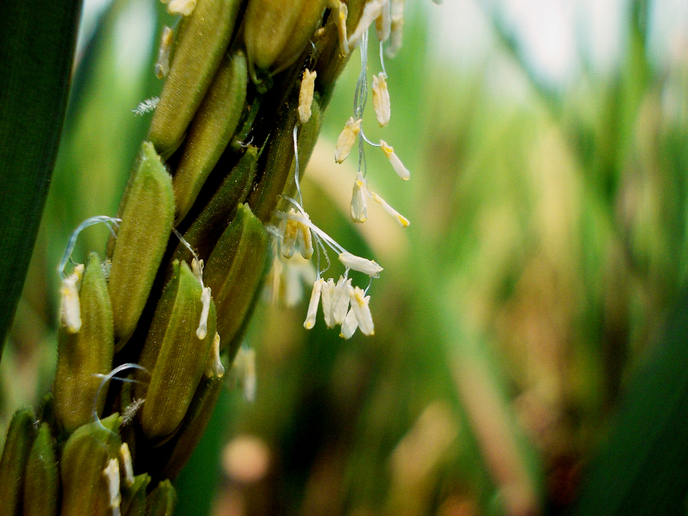Molecular studies reveal the origin of the female reproductive organs in flowering plants
The flowering plants or angiosperms are the largest and most diverse living group of the plant kingdom, comprising about 90 % of land plant species and numbering to about 352 000 living species on Earth. The evolution of new reproductive structures like the flower and its female part, the pistil, played a major role in the extraordinary success of angiosperms. How the pistil evolved at molecular level is still unclear. The RiceStyle project aimed to solve this mystery through the comparative study of pistil development and its genetic basis. Undertaken with the support of the Marie Curie programme, researchers used the model plant Arabidopsis thaliana and extended their studies to a distantly related monocot model plant, the Asian rice (Oryza sativa L.).
Common ancestor sought
Researchers searched at the molecular level for the key event that probably led to the evolution of angiosperms and their rapid diversification, studying factors involved in direct tissue formation in the pistil. “We investigated a few, small subfamilies of transcription factors (the proteins involved in the process of converting, or transcribing, DNA into RNA) known to regulate ovary, style and stigma in Arabidopsis to determine whether their functions date back to the angiosperm ancestor lineage,” says principal investigator Dr Ludovico Dreni and project coordinator Dr Cristina Ferrándiz. Scientists discovered that most of the Arabidopsis genes have homologs in rice, and many of them are expressed in the earliest stages of the developing pistil. “For at least two group of candidate genes, we could confirm that they play in rice a very similar function to that in Arabidopsis, as they showed to be essential for style and stigma specification. Their function is truly ancestral and was already functioning at least in the common ancestor of rice and Arabidopsis,” Dr Ferrándiz explains. These transcription factors were probably recruited in the earliest angiosperm lineage to regulate the development, shape and function of the new evolving organ that are characteristic of angiosperms, the pistil. According to Dr Dreni, “This discovery will help in the future to create a molecular evolutionary model that explains pistil evolution. Something similar has been already done to study the development and origin of the other floral organs - ultimately all this information and models will be integrated.”
Improved pollination
RiceStyle increased knowledge of style and stigma development, which could lead to their efficient modification at the morphological and molecular level, to better control the process of pollination in crops. "The rate of cross- and self-pollination are important traits for cultivated plants, and pollination is also one of the processes to take in account to develop parthenocarpic (seedless) fruits, which is a desirable trait for many commercial fruits," conclude the researchers. The proposal will have a significant impact on basic and future applied research, addressing the Horizon 2020 objective to invest in future jobs and strengthen the EU’s position in research, innovation and technology, sustainable development, climate change mitigation, and scientific excellence.
Keywords
RiceStyle, pistil, angiosperm, Arabidopsis, rice, stigma, transcription factor



